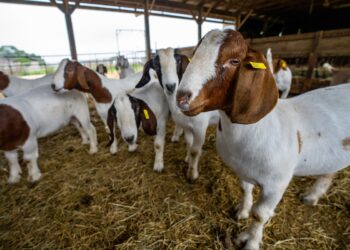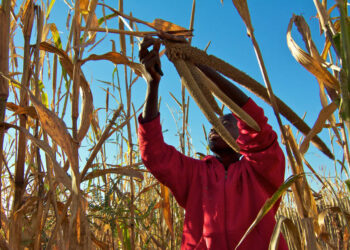
The Government Institutions Pension Fund (GIPF) allocated N$9.2 billion to local unlisted investment managers for the financial year ended 31 March 2022, of which N$5.3 billion was invested, with the biggest chunk of N$2.7 billion pumped into renewable projects, its recently released Integrated 2022 Annual Report shows.
The pension fund administrator allocated N$1.5 billion to mortgage financing, and affordable housing got N$1.38 billion from N$1.3 billion allocated prior year, while local agricultural investments secured N$510 million, an increase from N$360 million in 2021.
Health sector investments recorded the biggest drop in investment allocation from the country’s biggest pension fund in 2022, dropping from N$220 million in 2021 to N$60 million in the period under review.
At the same time, First Capital Treasury Solutions secured  the biggest unlisted commitment of N$1.5 billion, with N$1,22 billion drawn down followed by Eos Capital with N$800 million of which N$385 million was drawn down.
Ino-Harith Capital secured commitments of N$780 million of which N$275 million was drawn down in the period under review, with Old Mutual’s Tunga Fund securing N$750 million in commitments with N$507 million invested.
GIPF invested a total of N$15.8 billion across all alternative asset types and geography, compared to N$14.7 billion in 2021.
“Of the total commitment of N$20.3 billion (2021: N$21.01 billion) made under the alternative investments’ portfolio, an amount of N$10.5 billion is invested outside of Namibia (2021: N$12.21 billion). A total of N$5.3 billion is invested in Namibian unlisted investments (2021: N$4.8 billion), excluding N$1.87 billion held as direct passive investment and an amount of N$1.67 billion is invested in South Africa.â€
Of the Fund’s asset base which grew by 8.6% to N$147.9 billion in the period, N$109.2 billion of the investments were managed by Investment Managers, N$1.9 billion were direct investments and N$35.9 billion was part of the GIPF Treasury Portfolio.
The Fund’s investment return increased by 10.8% to N$13 billion, compared to an increase of 26% (N$27.9 billion) in the prior year.
“The increase is attributed mainly to favorable investment returns during the period under review.â€
In the period under review, GIPF increased the amount of funds invested locally from 46% in 2021 to 52% in 2022, while South African investments declined from 19% in 2021 to 17% in 2022.
Investments in Africa accounted for 4% of the GIPF’s investments during the period, 22% were in global markets and 5% in emerging markets.
“While remaining committed to supporting the local markets by investing in viable corporate bonds when they become available, the domestic market is shallow, with limited investment products and issuers. The bulk of the Fund’s exposure to domestic bonds is, as a result, invested in Namibian Government bonds.â€
According to the Integrated Annual Report, the Fund invested in 11 primary listed counters, with the investments valued at approximately N$6.9 billion, an increase from N$4.4 billion prior year as at the end of the 2022 financial year.
“Our exposure to 15 dual-listed counters (listed in Namibia and other jurisdictions) is approximately N$17.7 billion (up from N$13.7 billion last year) spread across different sectors. Dual-listed Namibian assets count towards the requirement to invest at least 45% of assets within Namibia.â€
GIPF is a statutory pension fund which provides guaranteed pension and related benefits to 98,623 civil servants, and employees of participating employers in Namibia.
Â
Â
Â
Â
Â
Â
Â











